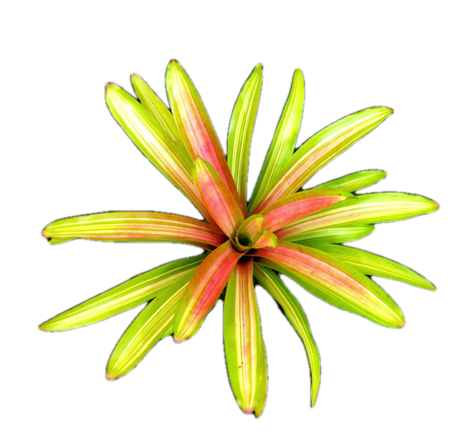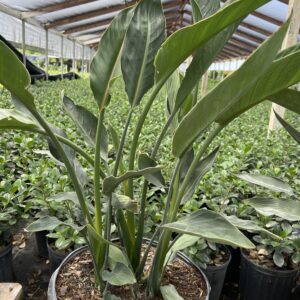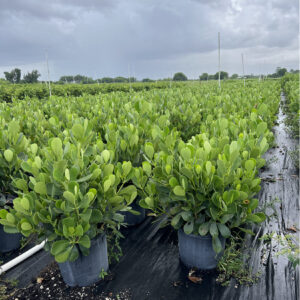Martin Bromeliad
The Martin bromeliad is a medium-sized plant with green leaves highlighted by red, pink, or orange hues. It thrives in warm, humid climates (USDA Zones 10-11), growing 12-18 inches tall. Preferring bright, indirect light, it needs well-draining soil and regular watering in its central cup. Ideal for tropical gardens or indoor displays, it produces pups for easy propagation after flowering.
$50.71 – $79.68
Related products
-
All Products
Bird of Paradise Orange
$45.27 – $236.25 This product has multiple variants. The options may be chosen on the product page -
All Products
Clusia
$61.25 – $262.50 This product has multiple variants. The options may be chosen on the product page
The Martin bromeliad is appreciated for its unique appearance and ease of care. Here’s a detailed overview:
Color
Foliage: The Martin bromeliad features green leaves with striking color patterns, often including shades of red, pink, or orange along the edges or in the center. The colors can vary, adding visual interest.
Flowers: It produces a central flower spike with small, colorful flowers that may be red, pink, or purple, complementing the foliage.
Climate
Temperature: Thrives in warm climates with temperatures between 60°F and 80°F (15°C to 27°C). It should be protected from frost and cold temperatures.
Humidity: Prefers moderate to high humidity, making it suitable for tropical and subtropical environments.
Size
Mature Size: The Martin bromeliad is medium-sized, typically growing to about 12 to 18 inches (30-45 cm) in height and width. Its size makes it adaptable for various planting situations.
Care
Light: Prefers bright, indirect light. It can tolerate some direct sunlight, but too much exposure may cause leaf burn or fading colors.
Watering: Water should be added to the central cup formed by the leaves. Keep the soil moist but well-drained, and avoid letting the plant sit in standing water to prevent root rot.
Soil: A well-draining potting mix, such as one designed for bromeliads or orchids, is ideal to ensure proper aeration around the roots.
Fertilization: Apply a diluted liquid fertilizer during the growing season. Use sparingly to avoid overfeeding.
Hardiness Zone
USDA Zones: Hardy in USDA Zones 10-11. In cooler climates, it can be grown indoors or in containers that can be moved inside during colder months.
Landscaping
Use: The Martin bromeliad’s colorful foliage and flowers make it an attractive addition to tropical gardens, container arrangements, or indoor displays. Its bold appearance and medium size make it a standout feature in various landscaping designs.
Companion Plants: Pairs well with other bromeliads, tropical plants, and ferns that enjoy similar growing conditions.
Additional Information
Propagation: Produces pups after flowering, which can be separated and replanted to grow new plants.
Flowering: The plant produces a central flower spike, and after flowering, the main plant will eventually die, but it will leave behind pups for propagation.
The Martin bromeliad is valued for its vibrant colors and adaptability, making it a popular choice for adding striking visual appeal to both indoor and outdoor gardens.
| Size | 6"inch, 8"inch |
|---|



